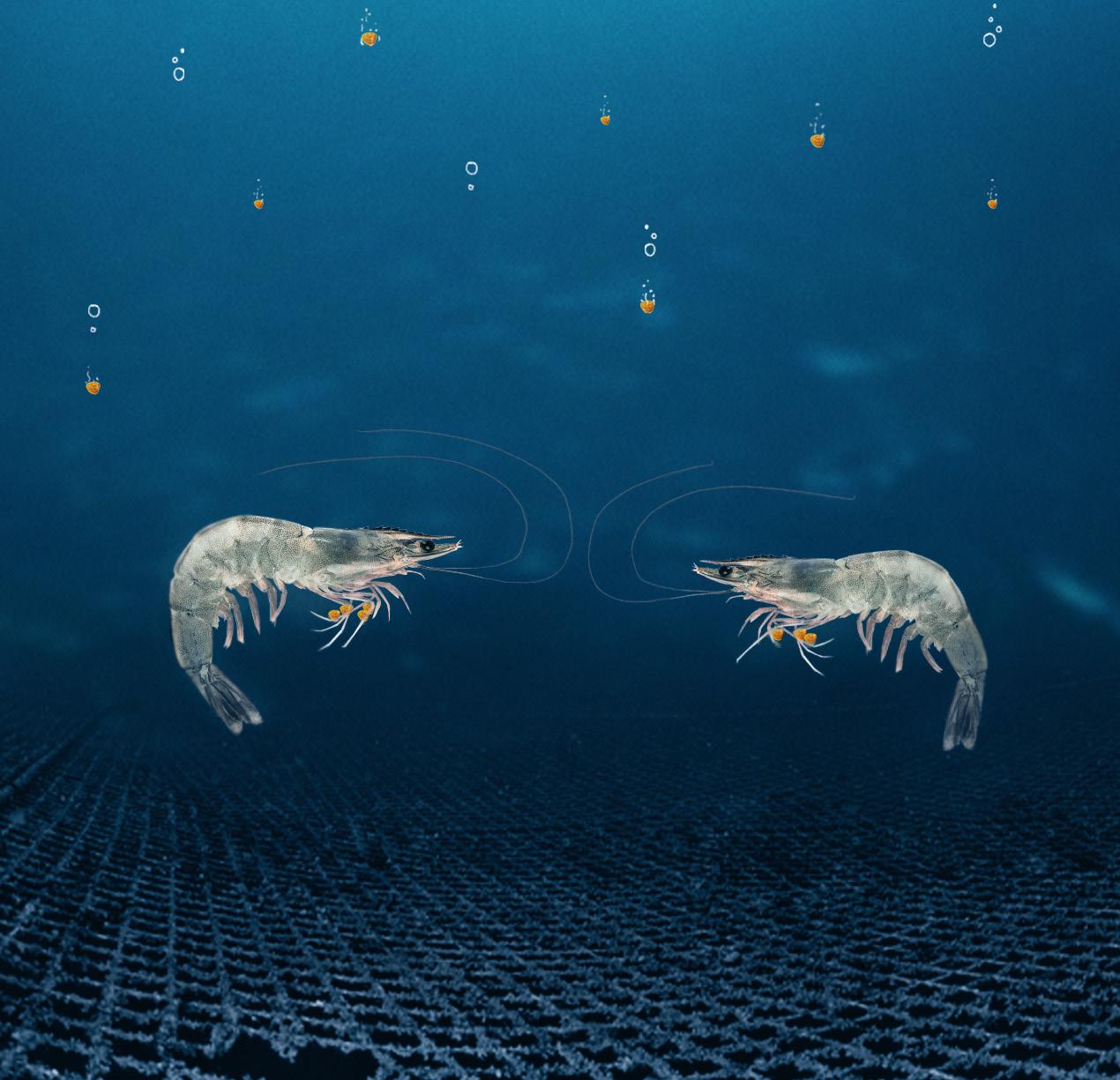
4 minute read
Aqua Culture Asia Pacific January/February 2025
Happy New Year and best wishes for 2025. Here is a summary of the prognosis for the aquaculture industry and the wish list for each sector.
The shrimp sector will face price uncertainty. Ecuador will still emerge as the largest producer and supply exceeds demand. However, here in Asia, we cannot remain status quo with its mediocre survival rates due to disease.
1. Asia needs to invest in productivity. Improving survival rates from the average 55% to 80% will substantially reduce cost of production. Strategies include health interventions and precision feeding technology. Cost-cutting is only a bandaid solution which does not add value in the long term.
2. Asian farms have gathered loads of data from its failed crops and disease outbreaks, but it is not harnessing them using big data analysis. It is time to try to determine trigger points to forecast impending disease situations. We see such predictability as important for stock insurance leading to more investments.
3. Processing plants must take on an anchor role to continuously buy shrimp from farmers, freeze and store. This acts as a buffer to price fluctuations in the international markets. This gives farmers confidence to culture all year round giving each country a better supply predictability.
The freshwater fish sector may experience challenges due to increased trade tariffs, as the US has historically been a significant market for pangasius and tilapia. This sector will also see a distinct bifurcation of product for domestic consumption and for export.
4. Logistics costs have increased 3-fold due to the respective problems of the Suez and Panama Canals. Central American countries have an added advantage when supplying the US market. Asia must seek its own proximity advantage - look at China as well as the Asian region as alternative markets.
5. Producer countries must realise that domestic and export consumers of the tilapia require very different product forms –small table-size fresh whole fish versus zero off flavour frozen fillets from larger fish.
The marine fish sector is still searching for a single species to be the ‘tropical salmon.’ The Asian seabass or barramundi shows great promise. Resources should focus on this single species.
6. Asian countries must work together to build an integrated ecosystem. Not all countries have the competitive resources to cover the whole value chain. While Thailand, Indonesia and Vietnam have clean waters and the equitable labour costs for farming and processing, Singapore has the financial and knowledge resources to build on the genetics, early-stage feed, and vaccines for disease mitigation. All these countries must work on generic marketing of the species.
The feed sector has changed dramatically over the past two years. Fishmeal prices are on the downtrend as the South Pacific Ocean experiences ‘La Nina.’ Soybean meal and DDGS will be abundant as coproducts from the biodiesel and ethanol industries.
7. As alternative feed ingredients benchmark themselves against fishmeal, the window for insect meal and single cell proteins is narrowing. This will provoke consolidation and efficiencies to make these products more cost competitive.
8. The push for sustainable feeds from sustainable ingredients will speed in 2025. Carbon footprint data will be added to the feed formulation matrix with LCAs as the major currency.
9. 2025 will be start of a full year of US AD & CVD duties on imported shrimp. How will Southeast Asia - washing i.e. China using these countries as a manufacturing base benefit the industry. The jury is still out for aquaculture. Will this change the ranking of major export countries?
10. The industry has seen an influx of the younger generation and a vibrant start-up community. They will be more science based and willing to share information. With the tightening of liquidity, Asia will continue to see a strengthening of start-ups with more focus on matching their products and services to the industry but with a lot less hype and hubris.
The aquaculture industry still plays a critical role in the megatrend of providing food for the world’s growing population. Despite the naysayers, there is no credible alternative as relying on wild catch will only mean overfishing and exorbitant prices for seafood.
If you have any comments, please email: zuridah@aquaasiapac.com

